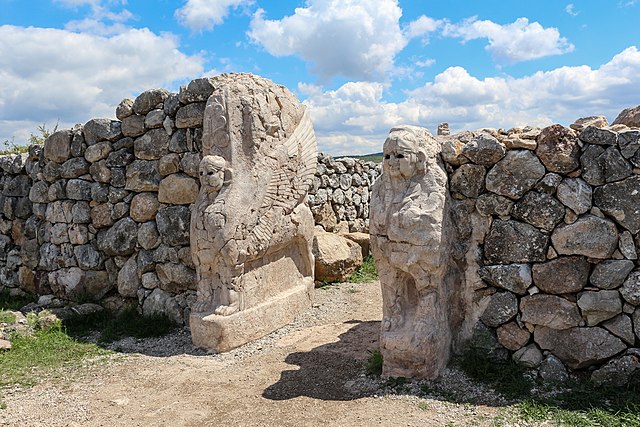The Anatolian side of Turkey is the largest portion in the country that bridges southeastern Europe and west Asia. East Thrace, the European portion of Turkey comprises 3% of the country and 10% of its population. East Thrace is separated from Asia Minor, the Asian portion of Turkey, by the Bosporus, the Sea of Marmara and the Dardanelles. İskilip, Çorum province, is considered to be the geographical center of Earth. Turkey is very vulnerable to earthquakes.
Kaçkar Mountains
A view of Levent from Kanlıca across the Bosporus
Panoramic view of the Bosphorus strait, where Asia and Europe meet, with the Hagia Sophia and Blue Mosque view.
Butterfly Valley on the Turkish Riviera.
Turkey, officially the Republic of Türkiye, is a country mainly in Anatolia in West Asia, with a smaller part called East Thrace in Southeast Europe. It borders the Black Sea to the north; Georgia, Armenia, Azerbaijan, and Iran to the east; Iraq, Syria, and the Mediterranean Sea to the south; and the Aegean Sea, Greece, and Bulgaria to the west. Turkey is home to over 85 million people; most are ethnic Turks, while ethnic Kurds are the largest ethnic minority. Officially a secular state, Turkey has a Muslim-majority population. Ankara is Turkey's capital and second-largest city; Istanbul is its largest city, and its economic and financial center, as well as the largest city in Europe. Other major cities include İzmir, Bursa and Antalya.
Some henges at Göbekli Tepe were erected as far back as 9600 BC, predating those of Stonehenge by over seven millennia.
The Sphinx Gate of Hattusa, the capital of the Hittites
The Temple of Zeus in the ancient city of Aizanoi in Phrygia
The Sebasteion of Aphrodisias, a city named after Aphrodite, the Greek goddess of beauty. In 2017, it was inscribed on the UNESCO World Heritage Site list.








